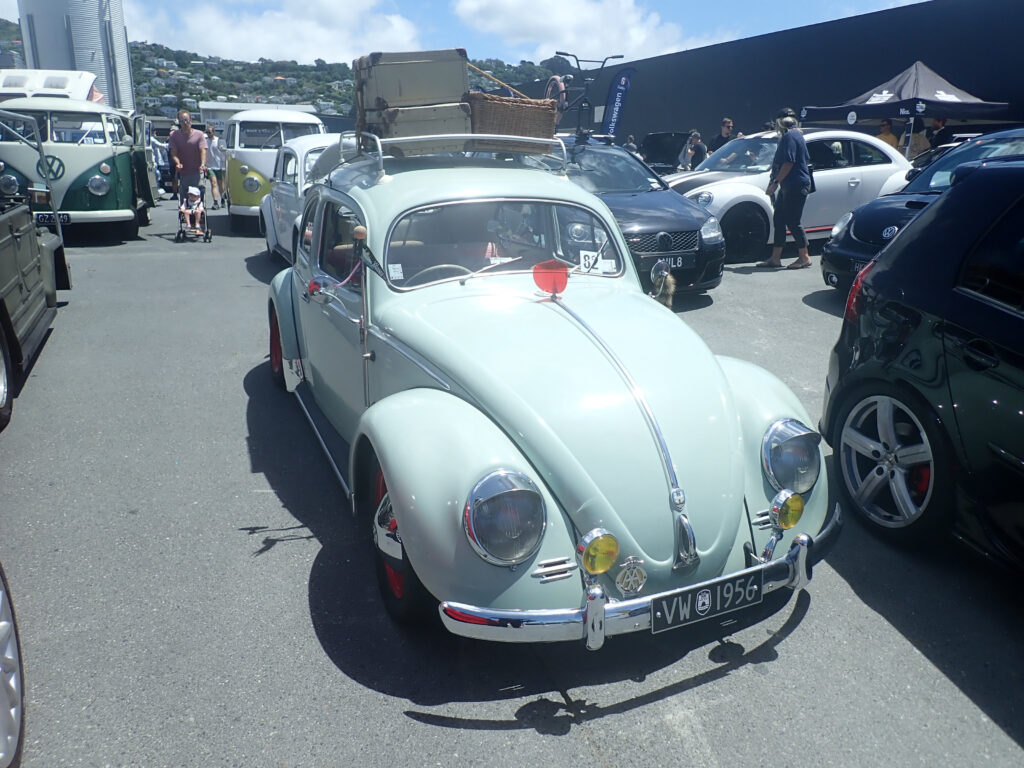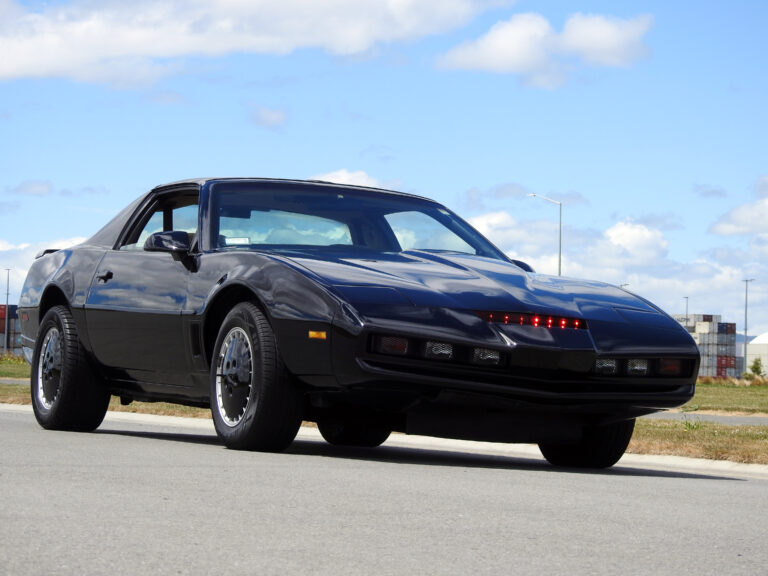VWs’ annual gathering in der Kapital attracts more each year
By Christopher Moor


A Volkswagen show happened on Sunday December 11, exactly a fortnight before Christmas. Wellington’s fifth annual biggest little VW show again took over the car park for the day at the Parrotdog bar, Lyall Bay, in 2022. Classics from the greater Wellington region and beyond graced the concourse.
Organiser Andy Bray was very happy with the numbers, estimating 38 had parked up – my total was 40 including the Type 2 Kombi and a camper, the welcoming crew at the gate. There appeared to be more Kombis — the generic type 2 vans – and campers taking part in 2022 than in 2021.
He didn’t mention the weather, which was fair enough as it was nothing to complain about; the show’s history of fine days continued uninterrupted.


A 1985 Audi Quattro and two 1969 Porsches, including Andy’s 911E, represented other Volkswagen divisions in their little own area, prompting someone to ask if this was the naughty boys’ corner.
The oldest two cars I saw were two 1956 saloons with oval rear windows and I remembered the pale green one from previous years. Its roof rack was packed with luggage, so we could only hope this was for a summer holiday the owner might soon be enjoying. A venetian blind over the rear window took me back to when the VW was a new kid on New Zealand roads in the 1950s.
Eye catching personalised plates on head turning cars are something I look out for at shows. I achieved both with a 1969 purple metallic Beetle that told me IM BUGED. Another happy memory for me from last year was a 1966 VW Kombi with the registration HIS VW.
Parrotdog is a dog-friendly venue. Some car owners brought their dogs with them, and several families included theirs in their visit to the VWs. It was a fun outing for everyone and their best friends, made more enjoyable by the free entry.


